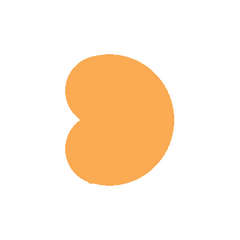From blog to print - The printed blog newspaper
 On January 27 the first issue of The Printed Blog appeared in Chicago, using one of the most popular Internet applications to turn into one of the oldest media. The idea is simple, bring local news provided by free reporters (citizen journalism), attract local advertisers (buy an ad for $15-$25), offer it to local readers, for free and PRINT it. Joshua Karp, founder and publisher, hopes eventually to reach, twice a day, a multitude of neighbourhoods in major US cities. In Chicago for example, there could be 50 local editions. The paper printed on a 27 *43 format, presents news that has been chosen by the readers of The Printed Blog site, selected among articles of 300 bloggers.
On January 27 the first issue of The Printed Blog appeared in Chicago, using one of the most popular Internet applications to turn into one of the oldest media. The idea is simple, bring local news provided by free reporters (citizen journalism), attract local advertisers (buy an ad for $15-$25), offer it to local readers, for free and PRINT it. Joshua Karp, founder and publisher, hopes eventually to reach, twice a day, a multitude of neighbourhoods in major US cities. In Chicago for example, there could be 50 local editions. The paper printed on a 27 *43 format, presents news that has been chosen by the readers of The Printed Blog site, selected among articles of 300 bloggers.
The business model is based upon advertising revenues; advertisers can reach a well selected audience and are prepared to pay more for a printed advertisement than an online ad.




